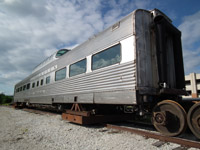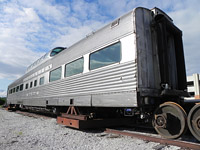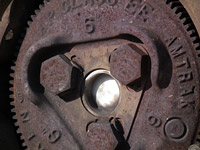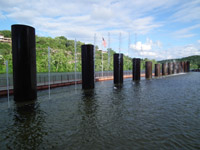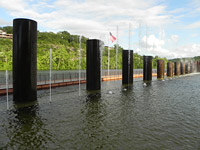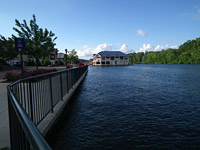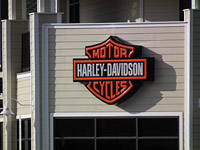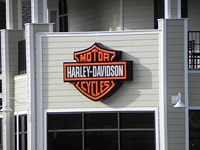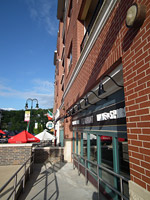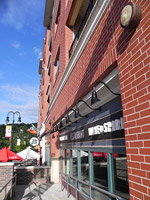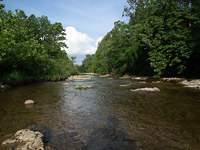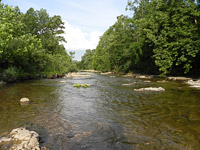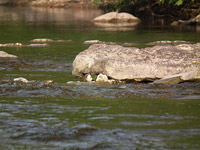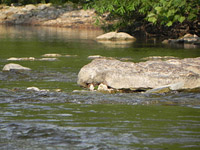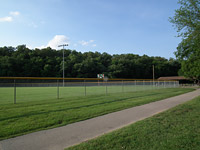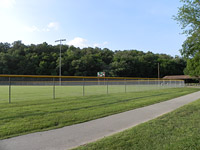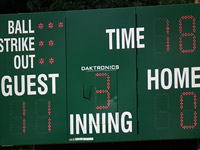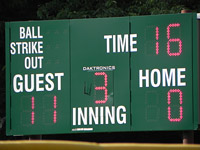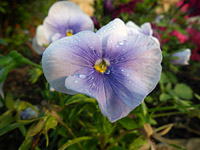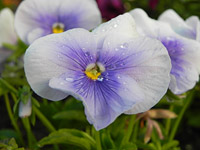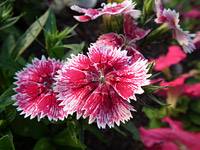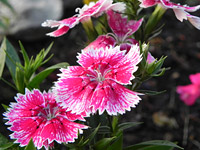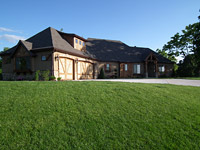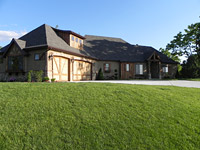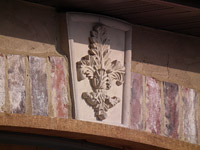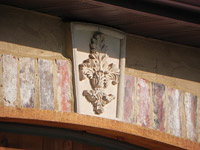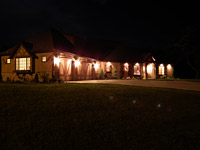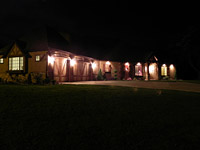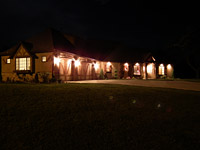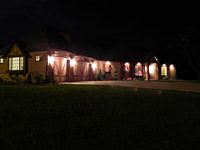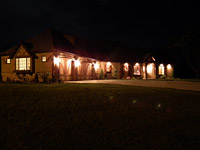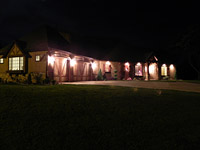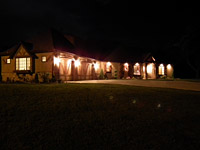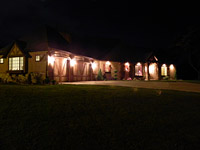Nikon P100 vs Fuji HS10
Howdy friends! The Fuji HS10 and Nikon P100 comparison is finally here. My comparisons are much different than what you’re used to. If we walked into a camera store together and you asked me to compare the P100 to the HS10, I wouldn’t overload you with lots of details and technical terms…I’d give you straight and simple differences to help you decide which camera is best for YOU!
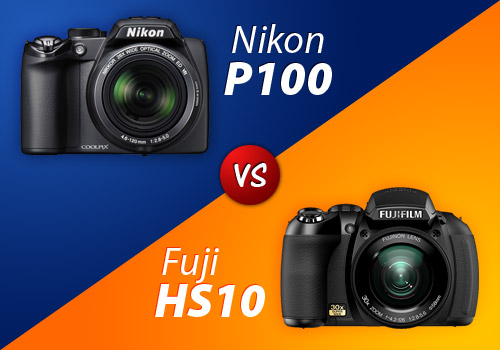
Quick links…
- Build Quality
- Design and Feel
- Zoom
- LCD Screen
- Viewfinder
- Battery Life
- Memory Card Types and Capacity
- Speed
- Ease of Use
- Video
- Image Quality
- Recommendations
- Bang for Your Buck
Build Quality
FUJI HS10
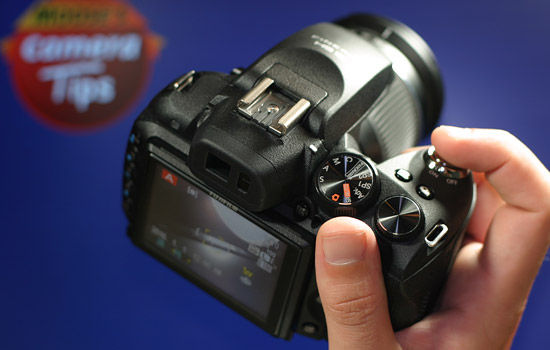
Fuji HS10 Build Quality - Photo by Moose
- Built with high quality plastic.
- Feels a little more solid than the P100.
- Buttons have a great tactile feel.
- The zooming lens barrel is built very well.
- I wish they had extended the rubber grip around the back like the P100.
NIKON P100
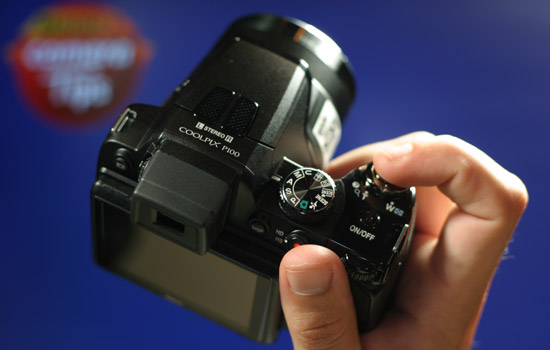
Nikon P100 Build Quality - Photo by Moose
- Built with high quality plastic.
- Doesn’t feel as rugged as the HS10.
- Love the rubber grip on the front and back of the camera.
- The zoom push and pull lever feels a bit flimsy compared to the HS10 zooming lens barrel.
Design and Feel
FUJI HS10
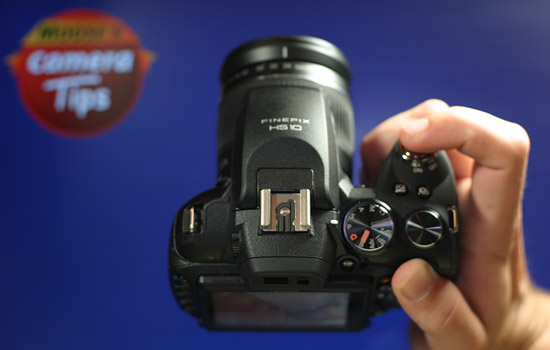
Fuji HS10 Grip - Photo by Moose
- Large and roomy grip.
- Excellent placement of dedicated buttons for ISO, Focus mode, Metering, White balance, Burst mode, etc…
- Sliding power switch much better than the P100 On/Off button.
- Much heavier than the P100.
NIKON P100
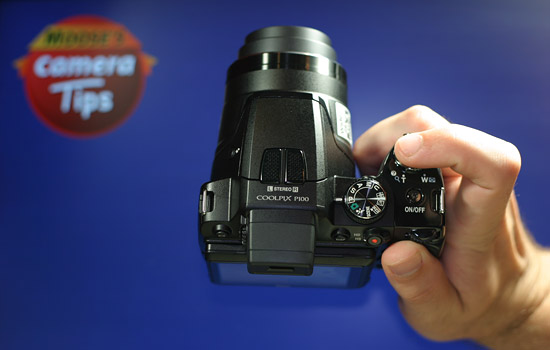
Nikon P100 Grip - Photo by Moose
- Medium sized grip, felt a bit cramped with my larger hands.
- Doesn’t have as many useful buttons as the Fuji HS10. Many of the core settings are buried inside the menu.
- Don’t like the On/Off push button switch. I accidentally pushed it a few times when placing the P100 in my camera bag.
- Much lighter than the HS10, great for travelers who don’t want to carry a lot of weight.
Zoom
FUJI HS10
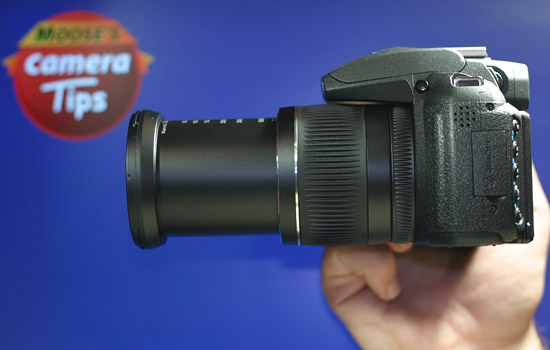
Fuji HS10 Zoom - Photo by Moose
- 24mm wide-angle will give you a wider field of view than the P100.
- 720mm telephoto will give you longer reach than the P100.
- Loved controlling the zoom using the lens barrel.
- Was able to make very small zoom adjustments.
- Zooming during video recording was not very smooth.
- Manual zoom was a breeze with the dedicated manual focus ring on the lens barrel.
NIKON P100
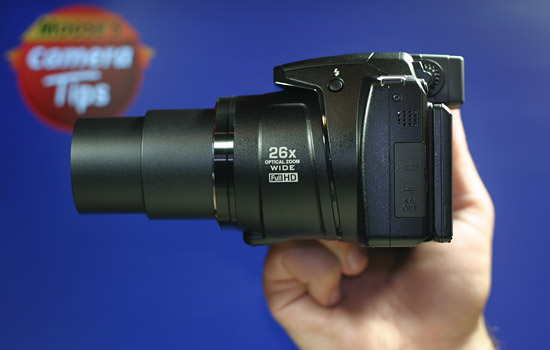
Nikon P100 Zoom - Photo by Moose
- 26mm wide-angle is not as wide as the HS10.
- 678mm telephoto is not as long as the HS10, although the difference in zoom is very small.
- Hard to make small zoom adjustments with the push and pull trigger.
- Zooming during video recording was not very smooth.
LCD Screen
FUJI HS10
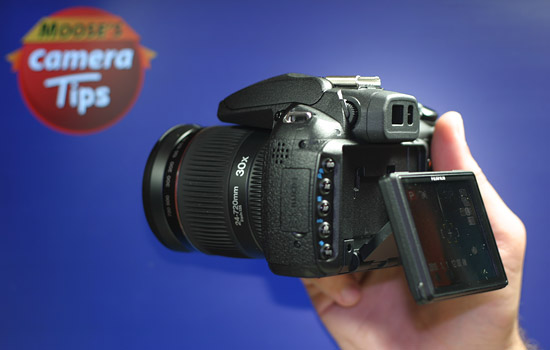
Fuji HS10 LCD - Photo by Moose
- Screen Resolution is not that great, very average.
- Details aren’t as crisp as the P100.
- Articulating screen isn’t as flexible as the P100.
NIKON P100
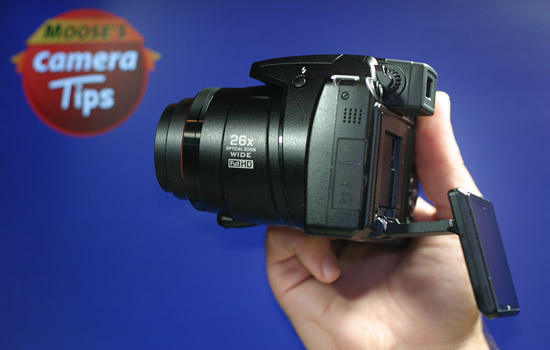
Nikon P100 LCD - Photo by Moose
- Crisp and detailed LCD screen.
- Articulating angles are more flexible than the HS10.
Viewfinder
FUJI HS10
- Small viewfinder.
- Hard to see fine details.
- Image on the EVF display seems darker than the P100.
- Love the automatic EVF detection (switches between the LCD and the EVF automatically).
NIKON P100
- Viewfinder is slightly bigger and a little brighter than the HS10.
- Details are a bit sharper than the HS10, but everything is still a bit grainy.
Battery Life
FUJI HS10
- Battery life is definitely longer than the P100 (I got around 600 shots on a full charge).
- The HS10 can take regular or rechargeable AA batteries.
- I like the ability to use AA’s since you can pick them up anywhere if you run out of power.
- Check out my post on the Fuji HS10 battery for more info.
NIKON P100
- Battery life is shorter than the HS10 (I got around 250 shots on a full charge).
- You’ll need to get a backup EN-EL5 battery for emergencies.
- Check out my post on the Nikon P100 battery for more info.
Memory Card Types and Capacity
FUJI HS10
- The HS10 takes 2 types of memory cards (SD and SDHC).
- A 16GB SDHC card will give you approximately 3,200 images at the highest quality setting. If you plan to shoot in RAW format, expect to get around 1,020 images.
- A 16GB SDHC (Class 4) card will give you approximately 157 min of HD video.
- Check out my Fuji HS10 memory card post for more info.
NIKON P100
- The P100 takes 2 types of memory cards (SD and SDHC).
- A 16GB SDHC card will give you approximately 3,100 images at the highest quality setting.
- A 16GB SDHC (Class 4) card will give you approximately 136 min of HD video.
- Check out my Nikon P100 memory card post for more info.
Speed
FUJI HS10
- Autofocus is fast at wide-angle and at telephoto.
- Maybe a fraction slower than the P100, although not by much.
- Startup time is quicker than the P100.
- Burst mode lets you take up to 7 photos at 10 frames per second.
- Changing the ISO, Auto-focus, White Balance, Burst mode and Metering is a breeze thanks to dedicated buttons on the HS10.
- Dedicated video recording button, great for spontaneous moments.
NIKON P100
- Autofocus is fast at wide-angle and at telephoto.
- Seems slightly faster than the HS10, although not by much.
- Startup time is slower than the P100.
- Burst mode lets you take up to 6 photos at 10 frames per second.
- If you don’t mind shooting at 2 megapixels, the P100 offers a sport mode that captures 25 photos at 60 frames per second.
- Changing vital settings like ISO, Auto-focus, White Balance, etc… is a lot slower than the HS10, due to the fact that most of these settings are buried inside the menu.
- Dedicated video recording button, plus a switch to control HD and High Speed movie modes.
Ease of Use
FUJI HS10
- Built and designed for beginners looking for advanced DSLR type features.
- Menu system is quite simple in design, but also very easy to use.
- Very helpful scene modes for beginners that automatically change the settings depending on the type of picture you are after (Each scene mode displays a brief description to tell you what it does).
NIKON P100
- Built and designed for beginners looking to make the jump from their basic point and shoot digital camera.
- Menu system is very simple to use, although I wish some of the settings had dedicated buttons like the HS10.
- The scene modes cover many different shooting scenarios, although there aren’t any descriptions on the LCD like the HS10. So if you are a beginner and not sure what a particular scene mode does, you’ll have to reference the manual.
Video
FUJI HS10
Here’s a Fuji HS10 HD video sample I took by a local stream…
- Audio quality is average, microphone placement picks up sounds of you rotating the lens barrel.
- Zooming in and out “smoothly” is nearly impossible with the lens barrell. You’ll either zoom too fast or too slow.
- It’s better to shoot segments of video at different zoom levels and then compile them in a video editing program, rather than shooting everything in one take.
NIKON P100
Here’s a Nikon P100 HD video sample I took by a local stream…
- Audio quality is average, but sounds slightly better than the HS10.
- Encountered some quirkiness to the image when moving the camera in certain directions and while zooming.
Image Quality
Below you’ll find sample photos for both the Fuji HS10 and the Nikon P100. Feel free to download the photos to your computer, print, and frame above your fireplace. :)
You’re probably wondering which camera has the best image quality. To that I’ll say “Do you like Coca-Cola or Pepsi?” Everyone has different tastes. There are many expert review sites out there that will give you detailed explanations of who they think has the best image quality.
I believe image quality should be determined by you.
Some people prefer punchier colors, while others prefer more natural colors. Some people prefer sharpened images straight from the camera, while others would prefer to control sharpness in an image editing program.
For beginners, I encourage you to not view images at 100% on your computer monitor. In most cases you’ll post photos to Flickr, Picasa and Facebook or print them at 4×6, 5×7 and 8×10. If you fall into this category, I’ll tell you that the HS10 and the P100 will give you very similar results. Deciding which camera has the best image quality comes down to what looks best to your eye, so have a look…
Fuji HS10 Sample Images |
Nikon P100 Sample Images |
Recommendations
The Fuji HS10 and Nikon P100 are both great cameras capable of outstanding images. Deciding on the best camera for you comes down to the type of features that are important to you.
If you like…
- A large size grip
- Dedicated buttons for vital settings like ISO, Focus, Metering, etc…
- A Zooming lens barrel
- Fast auto-focus
- External flash capabilities
- AA rechargeable batteries
- Super wide-angle abilities
- Amazing telephoto reach
- Great HD video
…then go with the Fuji HS10 (See latest price)
If you like…
- A medium size grip
- Portability of a lighter camera
- Rubber traction for your fingers
- Excellent LCD sharpness and clarity
- Fast auto-focus
- Great wide-angle abilities
- Excellent telephoto reach
- Amazing burst mode shooting rates
…then go with the Nikon P100 (See latest price)
Bang for Your Buck
Fuji HS10
The Fuji HS10 is priced around $440. Although it’s over $100 more than the P100, the HS10 is about the closest thing to a Digital SLR. A Digital SLR like the Canon T2i, will give you better low light ability, amazing depth of field (blurred backgrounds behind your subject), better flash capabilities, and an outstanding feature set for shooting high action. At the same time, in order for the T2i to match the same zoom range of the HS10 you would have to purchase two to three lenses. This would put you well over $1000 for a Digital SLR. The HS10 is a great “bridge” camera offering you an all-in-one solution at a great price.
Nikon P100
The Nikon P100 is priced around $340. The P100 is over $100 cheaper than the HS10 and is a great starter camera for those looking to move up from a basic point and shoot. This camera is great for families who want to capture everything from soccer games to memorable trips. While it does have some of the advanced features found on Digital SLR’s, this camera is definitely aimed towards beginners.
Where to buy
I always purchase my photographic gear from Amazon, B&H Photo and Adorama. All three stores offer wonderful customer service and fantastic return policies.
Click the links below to check the latest prices for the Fuji HS10 and the Nikon P100…
Fuji HS10
Nikon P100
If you have any questions about the Fuji HS10 or Nikon P100, please leave a comment to this post and I’ll get back to you lickety split.
Happy Shooting!
